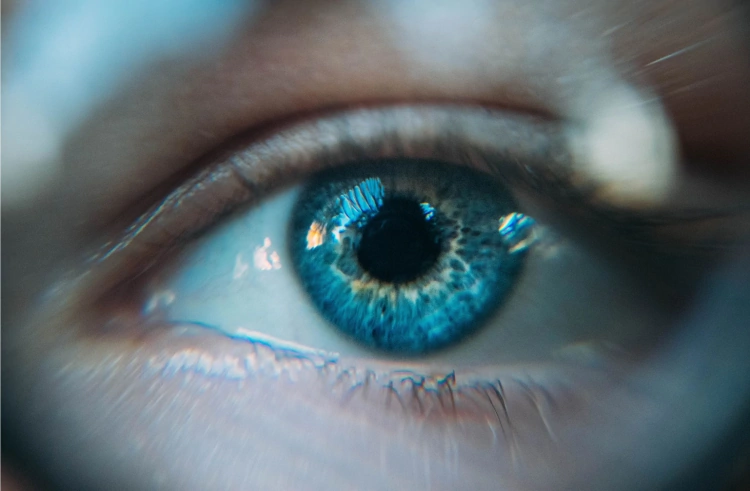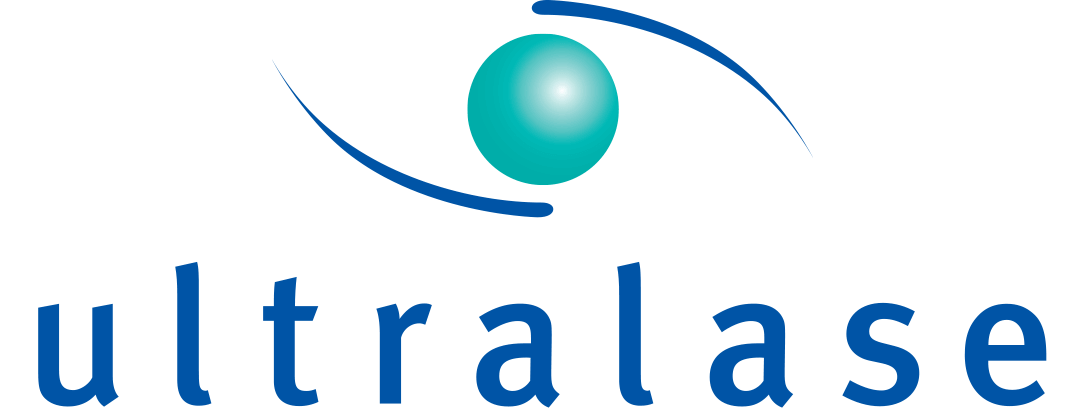What is long-sightedness (Hyperopia)?
09 September 2021

Struggling to see close-up? You might be long-sighted
Long-sightedness (known in medical terms as hyperopia or hypermetropia) is a common refractive error that makes distant objects appear clearly, but nearby objects appear blurred. It’s one of the four main types of refractive errors: long-sightedness, short-sightedness (myopia), age-related long-sightedness (presbyopia) and an unevenly curved cornea (astigmatism).
What are the symptoms of hyperopia?
Some of the symptoms of hyperopia include:
- Blurry vision when looking at objects nearby, such as a mobile phone
- The need to squint when trying to focus on nearby objects
- Eye strain and aches in and around the eyes
- Fatigue and headaches when performing close-up tasks, such as reading
Why does long-sightedness occur?
When the cornea in the eye becomes too flat, this can cause light rays to focus behind the retina rather than directly on it. This is essentially what causes hyperopia, as your vision can become blurry when the eye tries to focus on objects nearby, due to the cornea being unable to focus light rays properly. Most young children are slightly long-sighted but tend to see close objects better than a hyperopic adult would, due to their ability to bend light rays and place them onto the retina directly. Long-sightedness in children is not typically a cause for concern, as the severity of the refractive error will usually decrease as the eye develops with age.
Does long-sightedness go away?
As mentioned above, it is usually possible for children to grow out of hyperopia. During a child’s physical development, their eyes can temporarily be irregularly-shaped, and be a lot shorter than normal which is what causes the long-sightedness. However, most children can often compensate for their vision during routine eye tests at the opticians or their schools. It’s important to ensure your child has a comprehensive eye exam before they begin their schooling, so that any vision impairments can be diagnosed and corrected as soon as possible.
What’s the difference between myopia and hyperopia?
Myopia is effectively the opposite of hyperopia. Myopia is the medical term for short-sightedness, which is when nearby objects appear clearly but distant objects appear blurred. It’s a condition that affects up to 1 in 3 people in the UK and it’s becoming more common. Both of these refractive errors can affect your vision and how clearly you can see. The difference between the two is whether you have difficulty seeing at a distance or up close, as hyperopia affects distance vision and myopia affects near vision. Both conditions can be corrected by using corrective lenses such as prescription glasses or contact lenses. They can also be corrected by a number of treatments, such as laser eye surgery.
How is long-sightedness treated?
Long-sightedness is generally treated with prescription glasses or contact lenses. This is particularly beneficial for children that do not outgrow the condition as they age, as it can be easily treated. If the condition is left untreated, hyperopia in children can lead to other conditions such as strabismus (cross-eye) and amblyopia (lazy eye). Luckily, wearing prescription glasses from an early age can prevent these conditions from developing.
For those aged 18 and above, corrective treatments such as laser eye surgery may be another option available for hyperopia treatment, if you’re starting to get sick of wearing lenses all the time (we don’t blame you!). At Ultralase, we offer both LASIK and LASEK treatments that can correct hyperopia, along with other conditions such as myopia and astigmatism. Alternatively, if you are unsuitable for laser eye surgery, you may be suitable for ICL (Implantable Contact Lenses) surgery where a small lens is implanted into the eye. We also provide RLE (Refractive Lens Exchange) surgery where your natural lens is replaced with an artificial lens.
If you would like to receive treatment for your hyperopia to free yourself from the hassle of lenses, while also knowing you’re in safe hands for your treatment, book yourself in for a free consultation with us. Our consultations include a variety of eye tests with one of our optometrists to establish how suitable you are for treatment with us. This will give you more insight into which treatment would be the best option to treat your hyperopia. To find out more information, please get in touch with us on our website, or call our friendly team on 0800 988 6390.
Back to Blog
